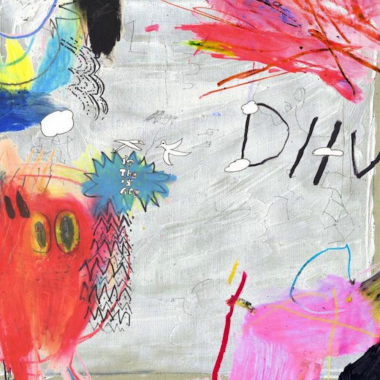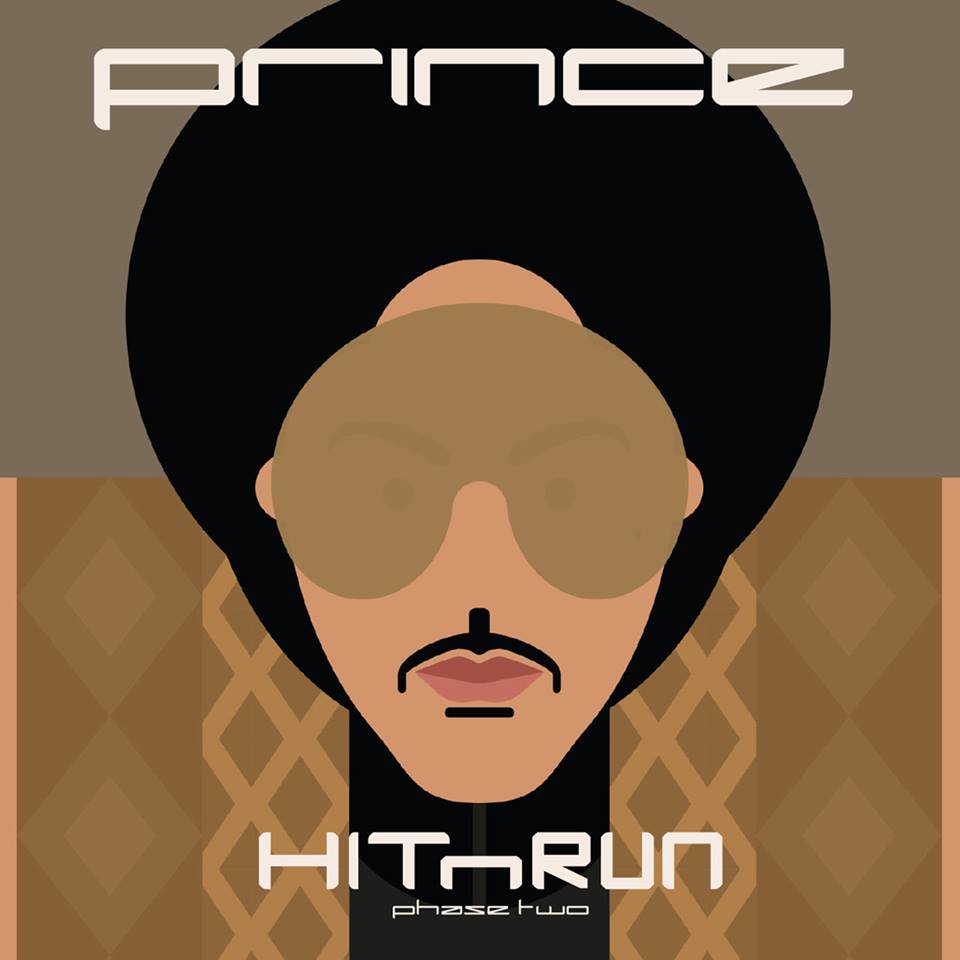
DIIV
Is The Is Are
DIIV’s follow-up to 2012’s Oshin has seen over four years worth of buildup, with frontman Zachary Smith spending that time making sweeping, ambitious statements about the album, as well as the band playing material from Is The Is Are on tour for over a year. The album, while an engaging one to listen to, just doesn’t live up to Smith’s ambitions.
This itself isn’t that surprising given how tumultuous the past four years have been for Smith and his bandmates. Stints in rehab, cancelled shows, integrating a new drummer, and postponing release dates — it’s been a wild ride for DIIV and it’s a genuine mark of their talent that Is The Is Are sounds as cohesive as it does. Smith’s perfectionism can be credited with producing such a slick album. Where Oshin took pride in its simplicity, Is revels in its intricacy; lead single “Dopamine” is a standout in this regard.
However, for all the positives about the album, it just isn’t what Smith promised it would be; it doesn’t reinvent guitar-focused music. Nor does it support Smith’s claim that DIIV could be as big as Nirvana. It isn’t a brain-busting masterpiece, it’s simply a decent, unspectacular album.
Glen Ess

St. Lucia
Matter
St. Lucia’s latest overblown extravagant release, Matter, is a tenderly crafted love letter to the ‘80s. Crammed with keyboards, synths, and an unabashed maximalist approach to pop music, Matter wants to be the lovechild of Giorgio Moroder and the Pet Shop Boys.
However, much like the acts St. Lucia draws inspiration from, the shimmering productionz at times gives way to glaring overproduction, which brings the musical rollercoaster to a grinding halt. The track “Physical” is the most obvious example of this, with Jean-Philip Grobler’s vocals losing their place as the keystone of the arrangements, to the song’s detriment. The over-the-top, infuriating siren effects are distracting, and offer nothing of value to the song.
Synthpop remains one of a handful of genres that rewards excess, a hedonistic approach to songwriting, where the driving question is: “Can I cram one more keyboard or synth line into this song?” And Matter’s answer to that question is always an affirmative. It’s impressive that when compared to contemporary synth acts like the Future Islands, Chvrches, and Passion Pit, Matter is clearly excessive. More impressive still is the way that excess toes the line between excellence and utter failure.
Barring one disaster of a track, and other minor blemishes across other tracks, Matter is a cohesive, energetic, and most importantly, fun listen.
Glen Ess

Prince
HitnRun: Phase II
Remembering the life of Prince Rogers Nelson, about half of his music-writing career is cut off. The classics, we are told, come from the late-‘70s and ‘80s, and around the time of his triple-LP celebration of being free from a major label (Emancipation), people stopped paying rapt attention. Maybe it’s because, not long after that point, certainly by 2004’s Musicology, Prince was less clawing through a heaving societal mess of sexual, racial, and religious relations, more playing the role of historical bandleader — educating listeners on the soul and funk he stuck with until the end: in the many stories since his passing, we know he was still buying Stevie Wonder and the Chambers Brothers CDs and asking for a DJ to spin Janelle Monae and James Brown somewhere in Minnesota.
While some have grouped Prince’s death with David Bowie’s, the end of his musical output was not a place of radical shifts — on his later releases, like HitnRun Phase Two, the music is often comforting, a reminder, with relatively simple lyrics sidelined by band jams (with himself). He quotes Purple Rain’s “Take Me With U,” though his screams from that era are nowhere to be found. But that isn’t to say it’s all throwaway material. There’s still the impish winks and come-ons (“Xtralovable” reminds he’s available for a shower; there’s also a four-minute slow jam called “When She Comes”), but also signs of an artist still aware of the world his music is being released into: the eternal conflict of the bi-racial son and familial history shows up on “Black Muse,” and the album opens with a Michael Brown and Freddie Gray prayer song called “Baltimore.” It may be more of a routine accomplishment than a series of songs to break you with intimations of ecstasy and sacrifice, but Prince was still working, right up to the end.
Michael Scoular

Plants and Animals
Waltzed in from the Rumbling
Montreal-based indie rockers Plants and Animals have returned with an album that refines rather than redefines their sound. P&A sound like a band firmly at ease in their own skins — impressive considering Waltzed in from the Rumbling features their most diverse set of arrangements to date, with horns, strings, and woodwinds swirling around the trio, the stationary point around which the airy flutes, jazzy horns, and slightly ragged and nasally vocals circle.
The relaxed, at ease feeling that dominates the album is best demonstrated by the vocals, delivered by Warren Spicer, which were often improvised during recording. This spontaneity is vital to Waltzed’s charm, as much of the album was created on the spot rather than through careful planning, leading to mistakes being made, such as the far too loud guitar crunch in “Stay” which temporarily drowns out the rest of the arrangement. Those imperfections really hammer home just how off-the-cuff the recording process was. Leaving those moments untouched may have been a mistake, and it’s fair to say that they usually would have been removed without hesitation. However, in this case, these mistakes, the dents and dings, make Waltzed a little more accessible.
Glen Ess

